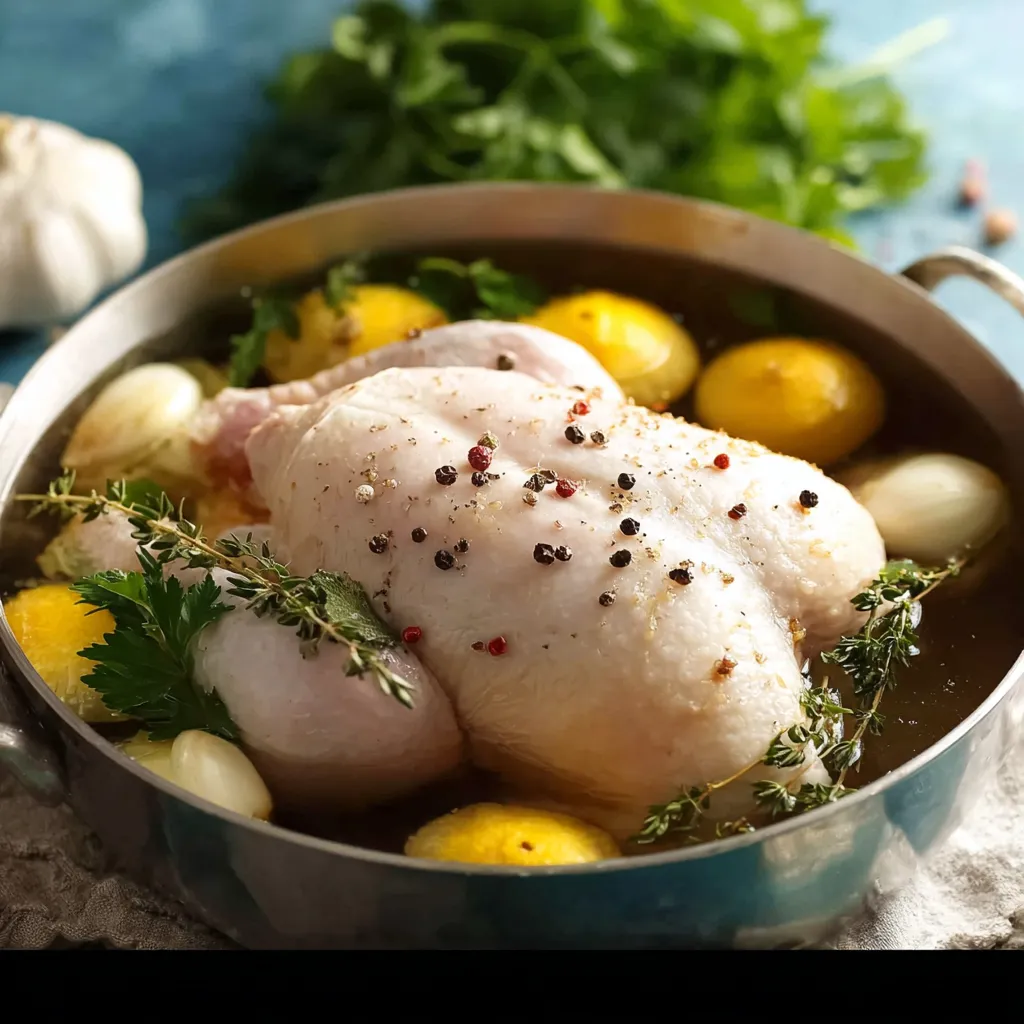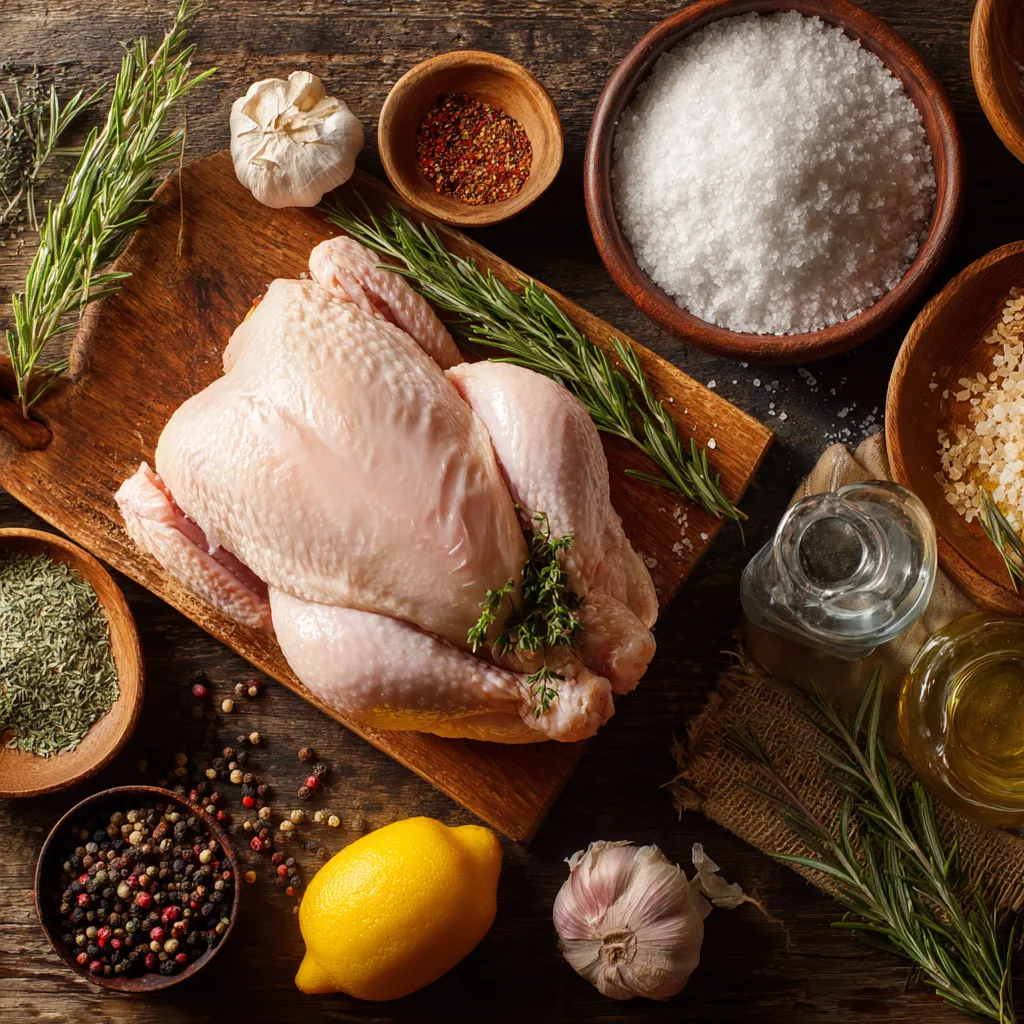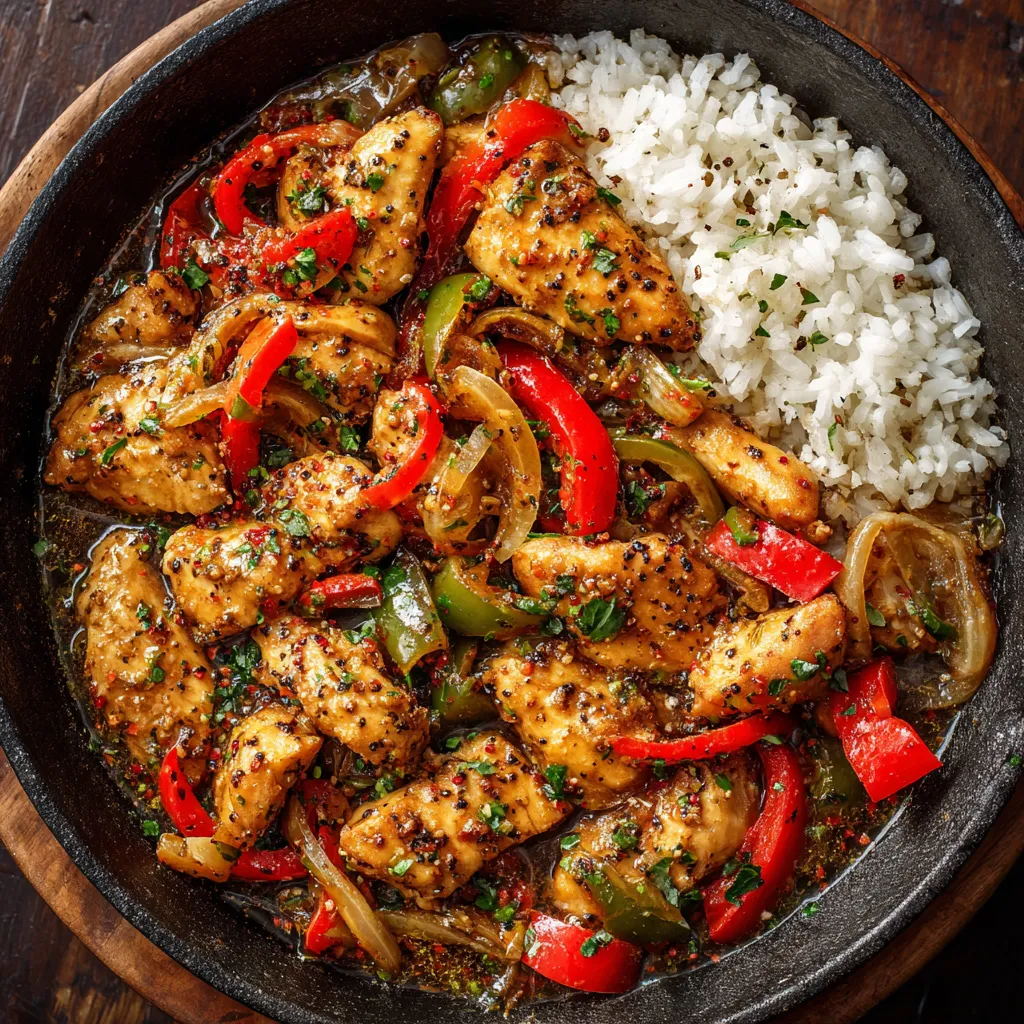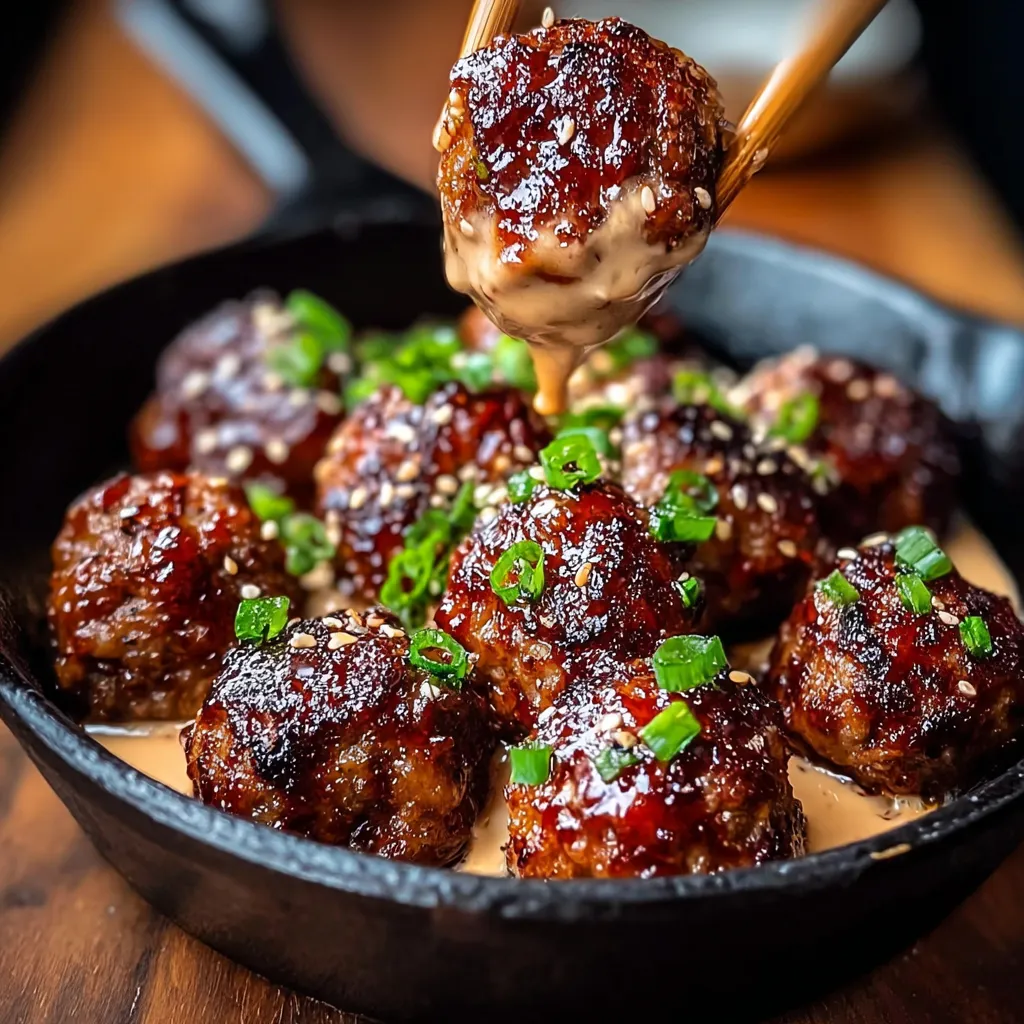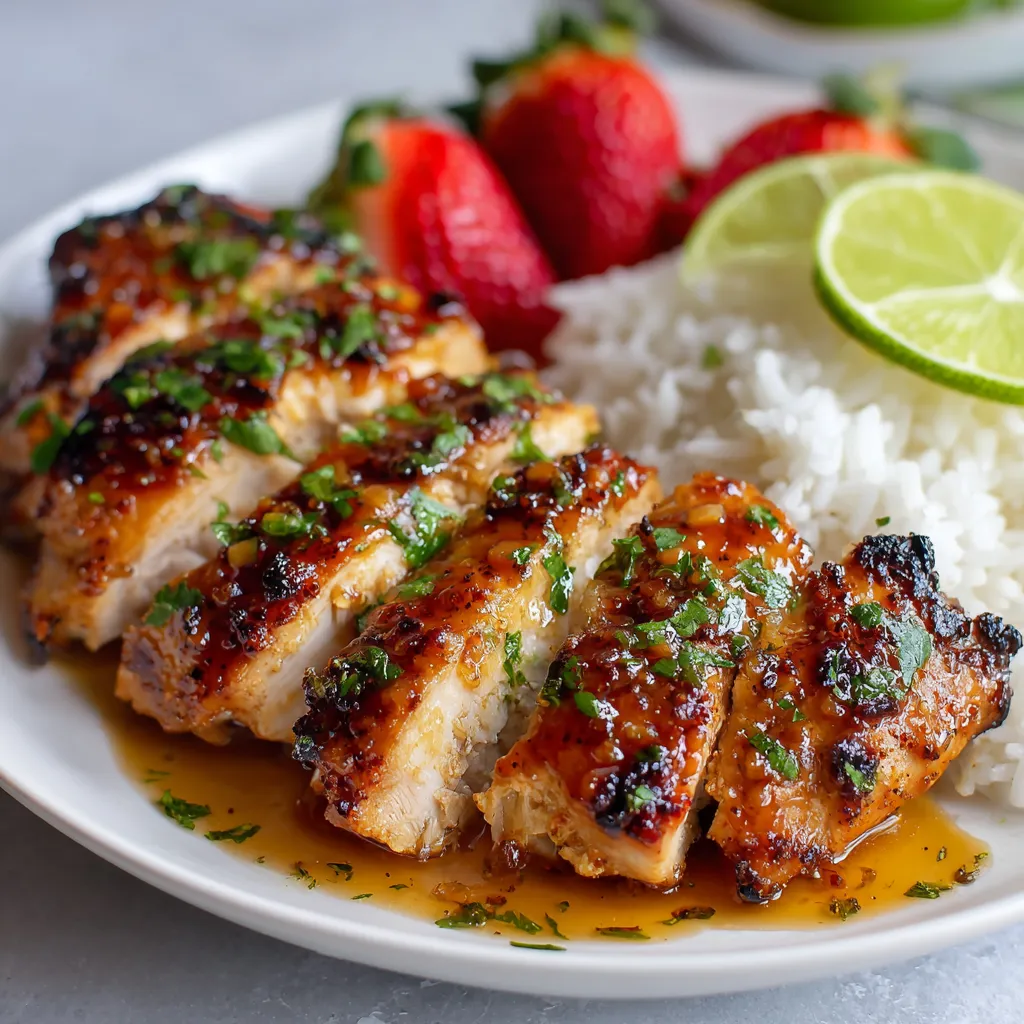Table of Contents
How to brine chicken became one of my most requested techniques after I shared a simple brined roast chicken recipe during a dinner party at my home. I’m Molly Rodriguez, founder of RecipesMolly, and my culinary journey began in my grandmother’s busy kitchen where I first witnessed the magic of transforming simple ingredients into extraordinary meals.
After graduating with honors from Johnson & Wales University and working in Michelin-starred restaurants like “Harvest Table” in California, I discovered that some of the most impactful cooking techniques aren’t the flashiest ones—they’re the foundational methods that consistently deliver restaurant-quality results at home.
Brining chicken is exactly that kind of game-changing technique. During my time working in professional kitchens, I watched countless chefs rely on this method to ensure their poultry was always juicy, flavorful, and tender. When I started RecipesMolly in 2018, teaching home cooks how to brine chicken became one of my core missions because I’ve seen firsthand how this simple science-based method transforms ordinary chicken into something truly special.
This comprehensive guide shares everything I’ve learned about how to brine chicken from my culinary journey—from the molecular science behind why it works to the practical techniques I use in my own kitchen. Whether you’re preparing a weeknight dinner or a special occasion meal, learning how to brine chicken properly will elevate your cooking and give you the confidence to create consistently delicious results.
Key Takeaways
- Brining enhances moisture retention in chicken
- Salt solution helps break down protein structures
- Improves overall meat tenderness and flavor
- Works for multiple chicken cuts and cooking methods
- Simple technique with significant culinary impact
Understanding the Science Behind Chicken Brining
Learning how to brine chicken opens a culinary secret. It turns simple poultry into a remarkable dish. The science behind it is complex, involving molecular interactions that boost meat quality.
When you understand how to brine chicken properly, you use several scientific principles to enhance chicken’s texture and taste. By grasping these, you can make chicken dishes more delicious and tender every time.
Salt’s Molecular Magic
Salt is key in brining, breaking down chicken meat’s proteins. When you soak chicken in salt water, the salt molecules:
- Unwind protein strands
- Create more space between muscle fibers
- Allow moisture to penetrate deeply
Osmosis in Action
Osmosis is crucial for effective chicken brining. Salt creates an environment that:
- Draws water into the meat’s cells
- Increases moisture-holding capacity
- Ensures juicier and tastier results
Chemical Transformation
Brining causes subtle chemical changes that improve chicken quality. The salt concentration breaks down tough muscle proteins. This makes the meat tender and juicy, keeping moisture during cooking.
“Brining is like a flavor and texture insurance policy for your chicken.” – Professional Chef
Essential Ingredients for the Perfect Chicken Brine
To make a great chicken brine, you need to know the key ingredients. Salt is the main ingredient, making the chicken moist and flavorful.
The main ingredients for a classic chicken brine are:
- Kosher salt or sea salt (primary flavor enhancer)
- Water (the primary liquid base)
- Sugar (balances saltiness and promotes browning)
When making your chicken brine, think about adding these extra ingredients:
- Fresh herbs like rosemary and thyme
- Whole peppercorns
- Garlic cloves
- Citrus zest
The best brine for chicken breast uses 1 cup of salt per gallon of water. This ratio ensures the chicken is well-seasoned without being too salty. You can try different aromatics to make your dish unique.
Pro tip: Always use cold water when preparing your brine to maintain food safety and prevent bacterial growth.
Wet Brine vs Dry Brine: Which Method Works Best
Choosing the right brining method can make your chicken amazing. Wet brine and dry brining each have their own benefits. Knowing the differences helps you pick the best method when learning how to brine chicken for your kitchen.
Mastering chicken prep means understanding wet and dry brining. Each method has its own strengths, making your dishes a hit with everyone.
Benefits of Wet Brining
Wet brining involves soaking chicken in a saltwater mix. It offers several advantages:
- Adds moisture to lean meat cuts
- Makes seasoning even throughout the chicken
- Prevents dry, tough meat during cooking
Advantages of Dry Brining
Dry brining is a different approach with its own benefits:
- Needs less fridge space
- Concentrates flavors more
- Helps get crisper skin when roasting
Making the Right Choice for Your Cooking Style
Your cooking style and what you have available will decide the best brining method. Think about your time, fridge space, and the texture you want.
Professional chefs suggest trying both methods when learning how to brine chicken. This way, you can see which works better for different chicken cuts and cooking ways. The more you practice, the better you’ll get at brining.
How to Brine Chicken: Step-by-Step Guide
Learning how to brine chicken can make your cooking amazing. Whether you’re brining a whole chicken or individual pieces, this step-by-step guide on how to brine chicken will help. You’ll learn how to make your meat juicy and full of flavor.
To begin, you’ll need some basic supplies:
- Large non-reactive container (glass or food-grade plastic)
- Kosher salt
- Clean water
- Measuring tools
- Refrigerator space
The basic brine solution is simple. Use 1 cup of salt for every gallon of water. Pro tip: Make sure to dissolve the salt fully before adding the chicken.
Step-by-Step Process:
- Mix salt and water to make your brine solution
- Put the chicken in the brine, making sure it’s fully covered
- Keep the chicken in the fridge during brining
- Rinse the chicken well before cooking
Brining times depend on the chicken’s size. A whole chicken usually needs 8-12 hours. Smaller cuts need less time. Always keep the chicken cold to avoid bacterial growth.
Remember, different chicken cuts might need different brining times when you learn how to brine chicken properly. Boneless, skinless breasts need shorter brining to avoid too much salt.
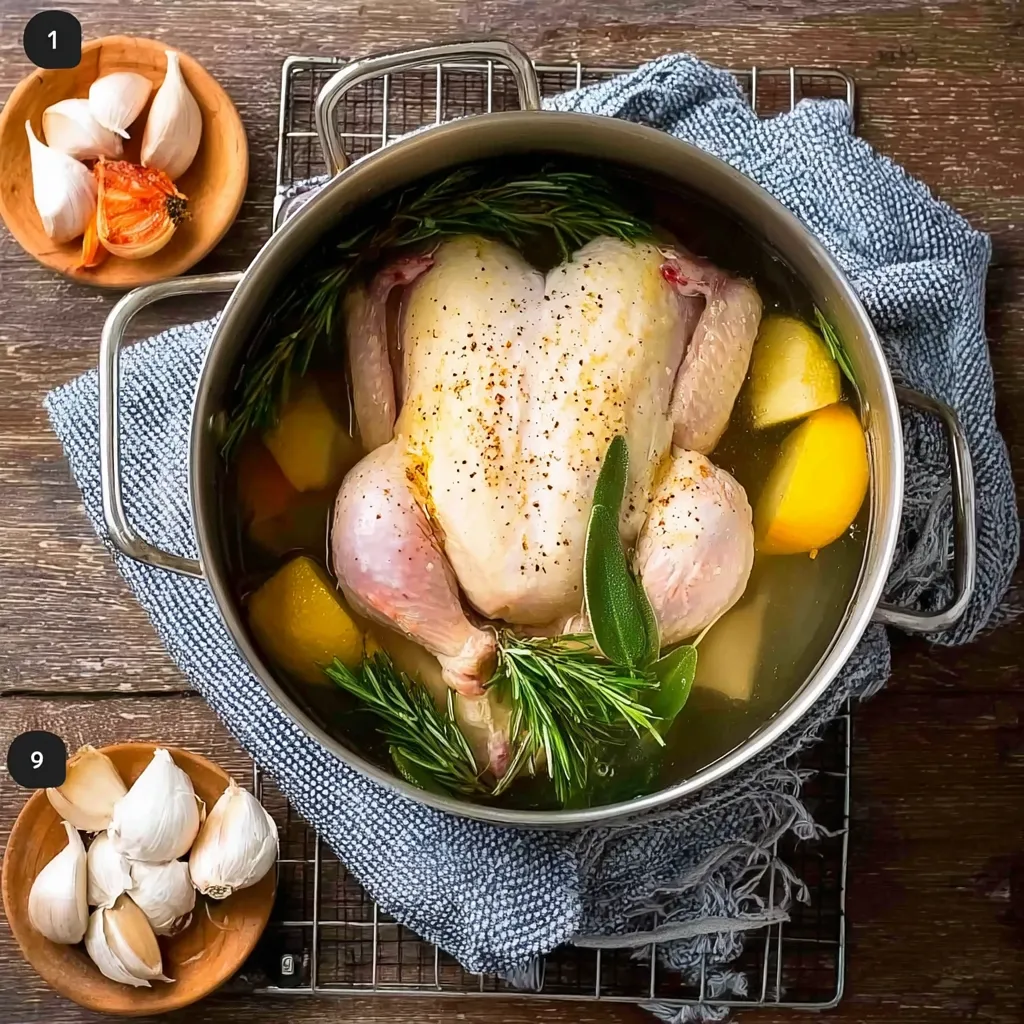
Common Mistakes to Avoid When Brining Chicken
When learning how to brine chicken, understanding common mistakes can make the difference between success and failure. Knowing what to avoid helps you make tender and flavorful chicken every time.
Mastering how to brine chicken well needs focus and the right steps. Getting the brining time right is key to a tasty meal, not a salty mess.
Avoiding Oversalting Your Brine
Salt is key in brining, but too much is bad. Here’s how to avoid too much salt:
- Use a precise salt-to-water ratio (typically 1 cup of salt per gallon of water)
- Measure ingredients carefully
- Choose kosher salt for more consistent results
Timing Your Brining Process
The brining time greatly affects your chicken’s taste and texture. Different cuts need different times:
- Chicken breasts: 30 minutes to 2 hours maximum
- Whole chickens: 8-12 hours
- Smaller pieces: 1-2 hours
Selecting the Right Containers
The container you use matters a lot. Stay away from metals like aluminum or copper that can add bad flavors. Instead, pick:
- Glass containers
- Food-grade plastic
- Stainless steel vessels
By avoiding these common mistakes when learning how to brine chicken, you’ll make your brined chicken breast amazing. You’ll get juicy and flavorful results every time.
Best Times and Temperatures for Brining Chicken
Knowing how long to brine chicken is key for a tasty and safe dish. Understanding proper timing is essential when learning how to brine chicken effectively. The brining time varies based on the chicken’s size and cut.
For the best results, follow these brining guidelines:
- Whole Chicken: 8-12 hours in the refrigerator
- Chicken Breasts: 2-4 hours maximum
- Chicken Thighs: 4-6 hours
- Smaller Cuts: 1-2 hours
Temperature is also important for a flavorful brined chicken. Always brine in the fridge, keeping it between 34°F and 40°F. This keeps bacteria away and helps salt soak into the meat.
Be careful not to over-brine, as it can make chicken too salty. Thinner cuts need less time, while bigger pieces can brine longer. Use a lighter brine for longer times and a stronger one for shorter periods.
“Precision is key when learning how to brine chicken for the most delectable results.” – Professional Chef
Pro tip: Dry your chicken after brining for a crispy outside. The salt has already made the meat tender and juicy, full of flavor.
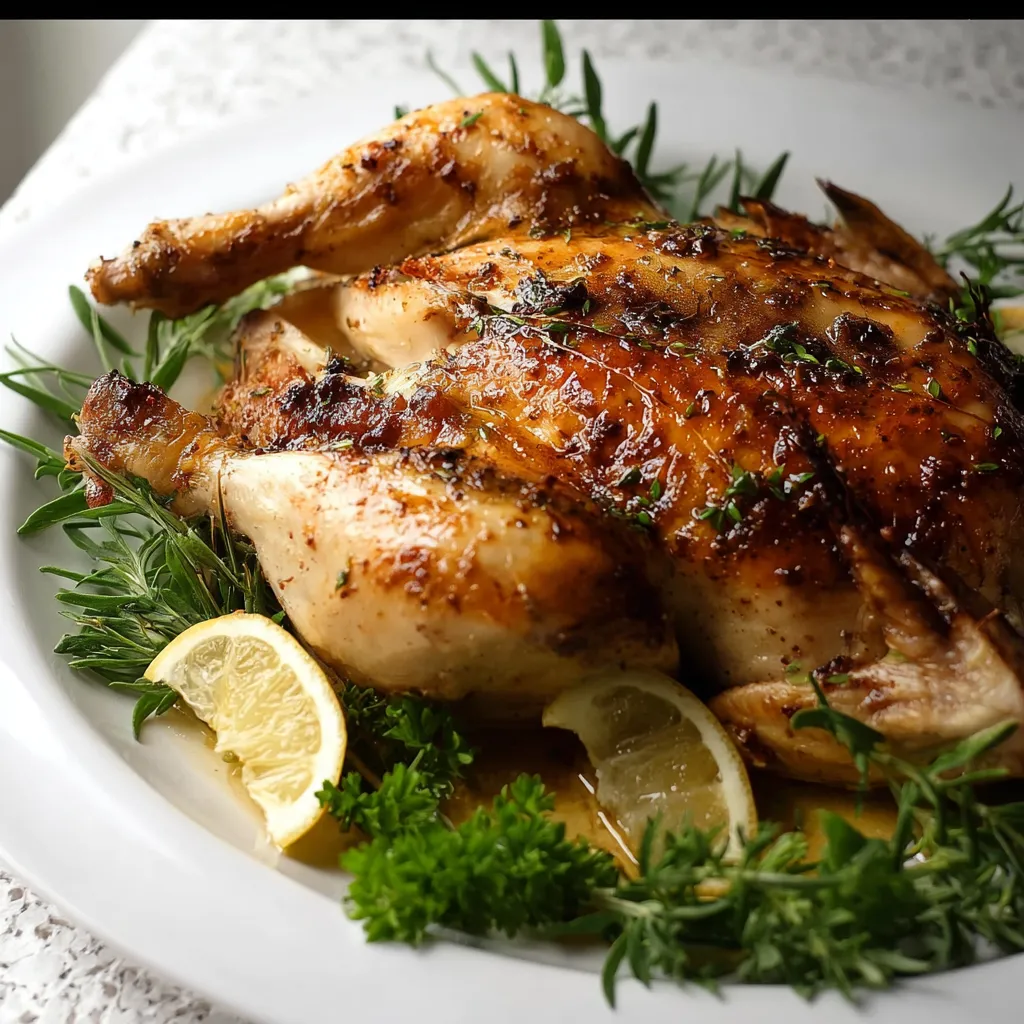
Adding Flavors to Your Brine: Herbs and Spices
Turning a simple chicken brine into a feast requires picking the right herbs and spices. By choosing wisely, your chicken can become a hit. It’s all about how the ingredients mix with the meat while it brines.
Classic Herb Combinations
Time-tested herb mixes can make your chicken brine stand out. Here are some favorites:
- Rosemary and Thyme: A classic Mediterranean-inspired blend
- Sage and Oregano: Perfect for roasted chicken dishes
- Parsley and Basil: Fresh and vibrant flavor profile
International Flavor Profiles
Try global spices to add new tastes to your chicken brine. Each place has its own special flavors:
| Region | Signature Spices | Flavor Character |
|---|---|---|
| Mediterranean | Oregano, Garlic, Lemon Zest | Bright and Herbaceous |
| Asian | Ginger, Star Anise, Soy Sauce | Umami and Complex |
| Indian | Turmeric, Cardamom, Cumin | Warm and Spicy |
Seasonal Brining Variations
Your chicken can show off the season with the right ingredients. In summer, go for citrus and fresh herbs. Winter is for warm, deep spices.
- Spring: Lavender and Lemon
- Summer: Cilantro and Lime
- Autumn: Cinnamon and Apple
- Winter: Rosemary and Garlic
Try these mixtures to make unique, tasty chicken dishes. They’ll wow your family and friends.
Different Cuts and Their Ideal Brining Methods
When you learn how to brine chicken, understanding that different cuts need unique approaches is crucial for the best flavor and tenderness. Knowing the specific needs of different chicken parts is key to mastering brined chicken breast and whole chicken brine.
Brining a whole chicken requires careful attention. You must ensure the salt solution reaches every part of the bird evenly. A typical whole chicken needs 12-24 hours of brining, depending on its size. Smaller birds need less time to avoid oversalting.
- Chicken Breasts: These delicate cuts need a shorter brining time. A brined chicken breast works best with a 2-4 hour brine to prevent the meat from becoming too salty or mushy.
- Chicken Thighs: More forgiving and fattier, thighs can handle a longer brining process of 4-6 hours.
- Chicken Wings: Quick brines of 1-2 hours work perfectly for these smaller cuts.
Your brining strategy should consider the cut’s thickness and fat content. Lean cuts like chicken breasts absorb salt faster, while fattier parts like thighs can withstand longer brining times. Always use a non-reactive container and keep the chicken refrigerated during the brining process.
Pro tip: For the most succulent results, pat your chicken dry after brining and let it rest at room temperature for 30 minutes before cooking. This helps ensure crispy skin and even cooking.
Tips for Achieving Maximum Tenderness and Flavor
Brining is key to making your poultry dishes stand out. Whether it’s a smoked chicken brine or a thanksgiving turkey brine, these tips will help you get it right when you learn how to brine chicken.
Temperature is important for tenderness. Start with cold water to avoid bacteria and ensure salt spreads evenly.
- Use kosher salt for the most consistent brining results
- Select fresh, high-quality poultry for optimal flavor absorption
- Pat meat completely dry before cooking to ensure crispy skin
For smoked chicken brine, add herbs and spices that match the smoky taste. A good brine makes the meat juicy and boosts its flavor.
| Brining Technique | Recommended Time | Best For |
|---|---|---|
| Wet Brine | 4-12 hours | Whole chickens, turkey breasts |
| Dry Brine | 24-48 hours | Smaller cuts, crispy skin desired |
When making a thanksgiving turkey brine, try using apple cider, rosemary, and black peppercorns. These add a unique taste that makes your holiday meal unforgettable.
Mastering how to brine chicken takes practice. Each time you try, you’ll get better at using salt, time, and temperature to enhance your poultry.
Conclusion
Learning how to brine chicken transforms ordinary poultry into a culinary masterpiece. By understanding the science and techniques behind how to brine chicken properly, you can improve your cooking. This leads to dishes full of flavor and tenderness.
Try different brining methods, like wet and dry brining. Also, experiment with herbs and spices. This will help you create amazing dishes as you perfect your technique of how to brine chicken.
Your journey to perfect brine chicken doesn’t stop with one recipe. Each method has its own benefits for meat texture and taste. Whether you’re roasting a whole chicken or grilling pieces, brining ensures juicy and flavorful results.
Learning how to brine chicken takes practice and patience. Start with simple techniques and then try more complex ones. Salt, time, and temperature are key to making delicious poultry dishes.
FAQ
What is chicken brining and why should I learn how to brine chicken?
Brining is a method of soaking chicken in a saltwater solution. It makes the meat juicy and flavorful. This technique breaks down proteins, allowing salt and water to penetrate the meat.
What’s the difference between wet and dry brining when learning how to brine chicken?
Wet brining involves soaking chicken in a liquid solution. Dry brining uses salt and seasonings rubbed onto the chicken’s surface. Wet brining adds moisture, while dry brining focuses on flavor and uses less space.
How long should I brine chicken?
Brining time varies by chicken cut and size. Whole chickens need 12-24 hours, breasts 2-4 hours, and wings 1-2 hours. Avoid over-brining to prevent too much saltiness.
What’s the ideal salt-to-water ratio when learning how to brine chicken?
Use 1 cup of salt per gallon of water for a basic brine. Adding 1/2 cup of sugar per gallon balances the flavor. This helps tenderize and season your chicken well.
Can I add other ingredients to my chicken brine?
Yes! Adding herbs, spices, citrus zest, garlic, and aromatics like bay leaves or thyme can enhance flavor. Just be careful not to overpower the chicken’s natural taste.
Is learning how to brine chicken safe for all types of chicken?
Brining is safe for most chicken cuts. Always use clean utensils, refrigerate, and cook to 165°F to prevent illness.
Do I need to rinse the chicken after brining?
Rinsing and drying the chicken after brining is recommended. It removes excess salt and helps achieve better skin texture when roasting or grilling.
Can I brine kosher or pre-seasoned chicken?
No, kosher and pre-seasoned chickens are already salted. Additional brining could make them too salty. Use a light dry rub or marinade instead.
What type of salt works best when learning how to brine chicken?
Kosher salt is best for brining due to its clean flavor and easy dissolution. Avoid iodized table salt for its metallic taste. Sea salt works too, but measure carefully.
Can I use brining techniques for other meats besides chicken?
Yes! Brining works well for turkey, pork, and some fish. Adjust brining time and salt concentration for each meat, but the basic principles are the same
How to Brine Chicken: Complete Guide for Perfect Results
- Total Time: 8 hours 15 minutes
- Yield: 4-6 1x
Description
Learn how to brine chicken with this foolproof method that guarantees juicy, tender, and flavorful results every time. This basic chicken brine recipe uses simple ingredients to transform ordinary chicken into restaurant-quality poultry. Perfect for whole chickens, breasts, thighs, and wings.
Ingredients
- 1 gallon cold water
- 1 cup kosher salt
- 1/2 cup granulated sugar
- 2 bay leaves
- 4 garlic cloves, smashed
- 2 sprigs fresh thyme
- 1 lemon, zested and juiced
- 1 tablespoon whole black peppercorns
- 3–4 lbs chicken (whole chicken, breasts, thighs, or wings)
Instructions
- Prepare the brine: In a large non-reactive container, dissolve kosher salt and sugar in cold water. Stir until completely dissolved.
- Add aromatics: Add bay leaves, smashed garlic, fresh thyme, lemon zest, lemon juice, and peppercorns to the brine solution.
- Submerge chicken: Place chicken in the brine, ensuring it’s completely covered. If needed, place a plate on top to keep chicken submerged.
- Refrigerate: Cover container and refrigerate for appropriate time: whole chicken (8-12 hours), breasts (2-4 hours), thighs (4-6 hours), wings (1-2 hours).
- Remove and rinse: Remove chicken from brine and rinse thoroughly under cold water. Pat completely dry with paper towels.
- Rest before cooking: Let chicken sit at room temperature for 30 minutes before cooking for best results.
- Cook as desired: Roast, grill, or cook using your preferred method. Internal temperature should reach 165°F (74°C).
Notes
Timing Guidelines: Never over-brine as it can make chicken too salty. Whole chickens: 8-12 hours, chicken breasts: 2-4 hours maximum, thighs: 4-6 hours, wings: 1-2 hours.
Container Tips: Use glass, food-grade plastic, or stainless steel containers. Avoid aluminum or copper which can react with the salt.
Storage: Always keep brining chicken refrigerated at 34-40°F (1-4°C) for food safety.
Scaling: For smaller batches, use 1/4 cup salt per quart of water. For larger batches, maintain the 1 cup salt per gallon ratio.
Flavor Variations: Try adding fresh herbs like rosemary, citrus peels, or spices like coriander seeds for different flavor profiles.
- Prep Time: 15
- Category: Main Course
- Method: Brining
- Cuisine: American
Nutrition
- Serving Size: 1
- Calories: 165
- Sugar: 0
- Sodium: 85
- Fat: 3.6
- Saturated Fat: 1.0
- Unsaturated Fat: 2.6
- Trans Fat: 0
- Carbohydrates: 0
- Fiber: 0
- Protein: 31
- Cholesterol: 85
Keywords: how to brine chicken, chicken brine recipe, brined chicken, wet brine, chicken brining technique, juicy chicken, tender chicken, restaurant-quality chicken
